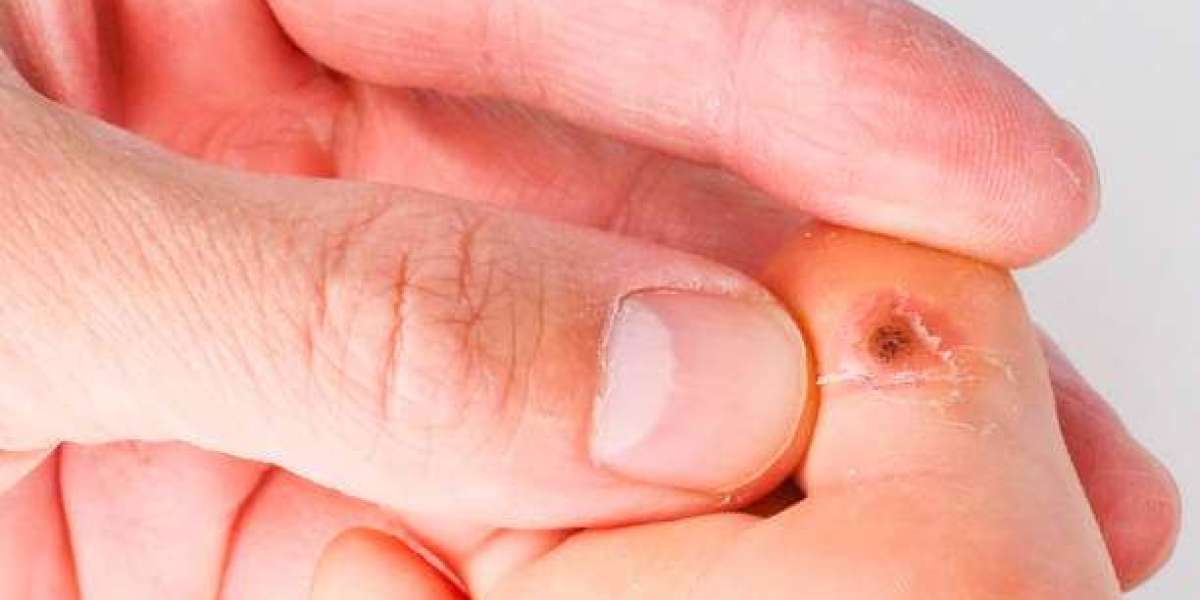Warts, those small, rough growths that often appear on the hands, feet, and other parts of the body, can be not just unsightly but also uncomfortable. While they're usually harmless, their presence can cause self-consciousness and discomfort. Fortunately, there's a wide array of treatment options available, ranging from home remedies to professional medical procedures.
Introduction to Warts
Warts are caused by the human papillomavirus (HPV), which infects the top layer of skin and causes it to grow rapidly, resulting in a wart. How To Choose The Right Treatment For Warts? They can appear anywhere on the body but are most commonly found on the hands and feet. Warts are contagious and can spread through direct contact or by sharing personal items like towels or razors.
Understanding Different Types of Warts
Common Warts
These are the most recognizable type, often appearing on the fingers and hands. They have a rough, raised surface and may have black dots (clotted blood vessels) within them.
Plantar Warts
Plantar warts occur on the soles of the feet. They can be painful, especially when walking or standing, as they are pushed into the skin by the weight of the body.
Flat Warts
Flat warts are smoother and smaller compared to other types. They often appear in clusters on the face, thighs, or arms and can be flesh-colored, pink, or light brown.
Filiform Warts
These warts have a long, narrow shape and usually appear on the face, particularly around the mouth, nose, or eyes. They can be flesh-colored or slightly darker.
Causes and Risk Factors
Warts are caused by HPV, which enters the body through small cuts or breaks in the skin. Certain factors increase the risk of developing warts, including weakened immune system, frequent skin-to-skin contact, and walking barefoot in damp, public places like swimming pools or locker rooms.
The Importance of Wart Treatment
While warts can disappear on their own over time, treatment is often preferred to speed up the process, reduce discomfort, and prevent spreading to other parts of the body or to other people.
Home Remedies for Wart Removal
Salicylic Acid Treatment
Over-the-counter salicylic acid treatments are available in various forms, such as gels, pads, and plasters. They work by gradually peeling away layers of the wart until it's gone.
Duct Tape Method
Covering the wart with duct tape can help suffocate it and stimulate the body's immune response to fight the virus. This method requires patience and persistence.
Apple Cider Vinegar
Applying apple cider vinegar directly to the wart can help dissolve the affected skin. It's important to protect the surrounding skin with petroleum jelly to avoid irritation.
Over-the-Counter (OTC) Treatment Options
Salicylic Acid Products
These OTC treatments are often the first line of defense against warts. They are affordable and easy to use, but may take several weeks to show results.
Freezing Kits
Cryotherapy kits, which use freezing agents like dimethyl ether and propane, are available for home use. They work by freezing the wart, causing it to fall off within a week or two.
Wart Removal Pads
These pads contain ingredients like salicylic acid or lactic acid to gradually dissolve the wart. They are convenient for targeted treatment.
Professional Medical Treatments
Cryotherapy
In this procedure, liquid nitrogen is applied to the wart to freeze and destroy it. It may require multiple sessions for complete removal.
Electrosurgery
Electrosurgery involves using an electric current to burn off the wart. It's effective but may leave a scar.
Laser Treatment
Laser therapy targets the blood vessels feeding the wart, causing it to die and fall off. It's relatively painless and usually requires only one session.
Considerations When Choosing a Wart Treatment
When deciding on a wart treatment, it's essential to consider factors such as effectiveness, cost, pain level, and potential side effects. What works for one person may not work for another, so it may require some trial and error to find the best option.
Preventive Measures to Avoid Warts
To reduce the risk of developing warts, it's essential to practice good hygiene, avoid touching warts on yourself or others, keep feet clean and dry, and wear shoes in public showers and locker rooms.
Conclusion
Dealing with warts can be frustrating, but with the right treatment approach, they can be effectively managed or removed altogether. Whether opting for home remedies or seeking professional medical treatment, it's essential to be patient and persistent in the quest for smooth, wart-free skin.








